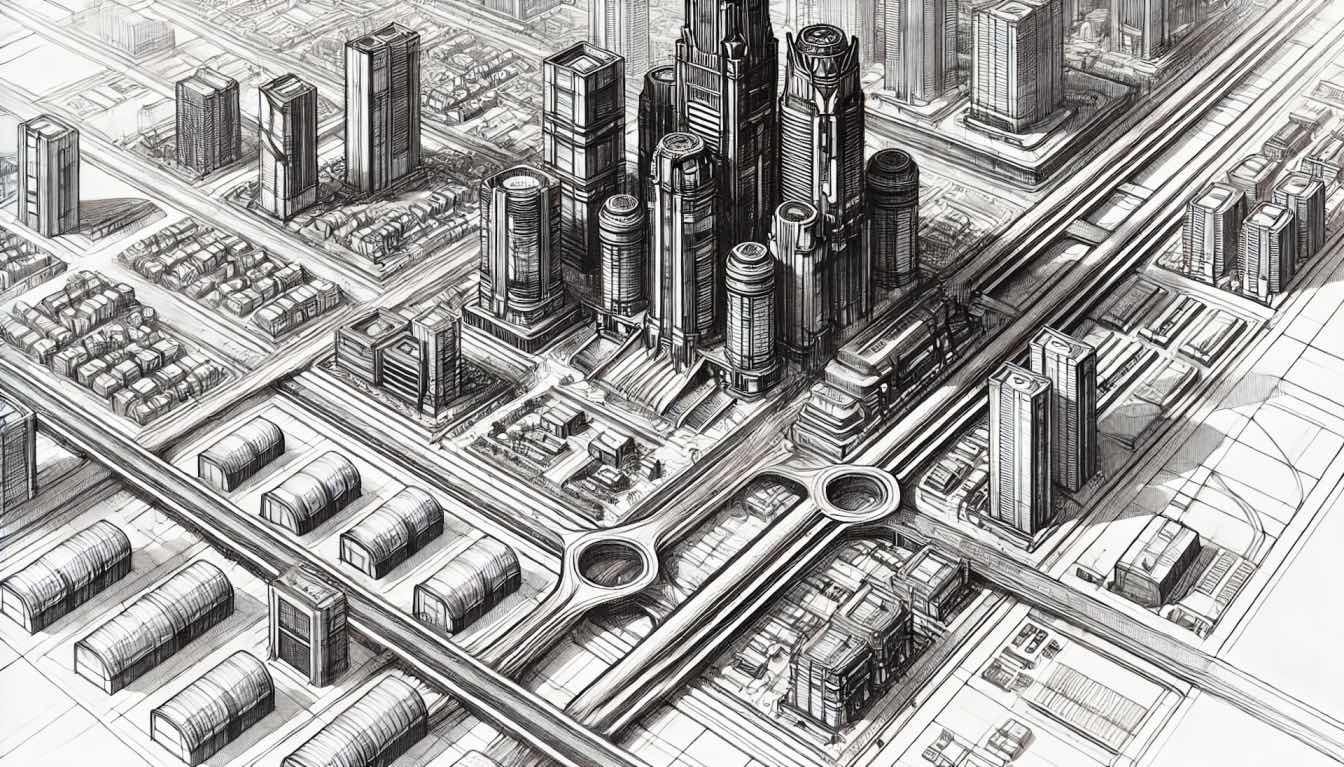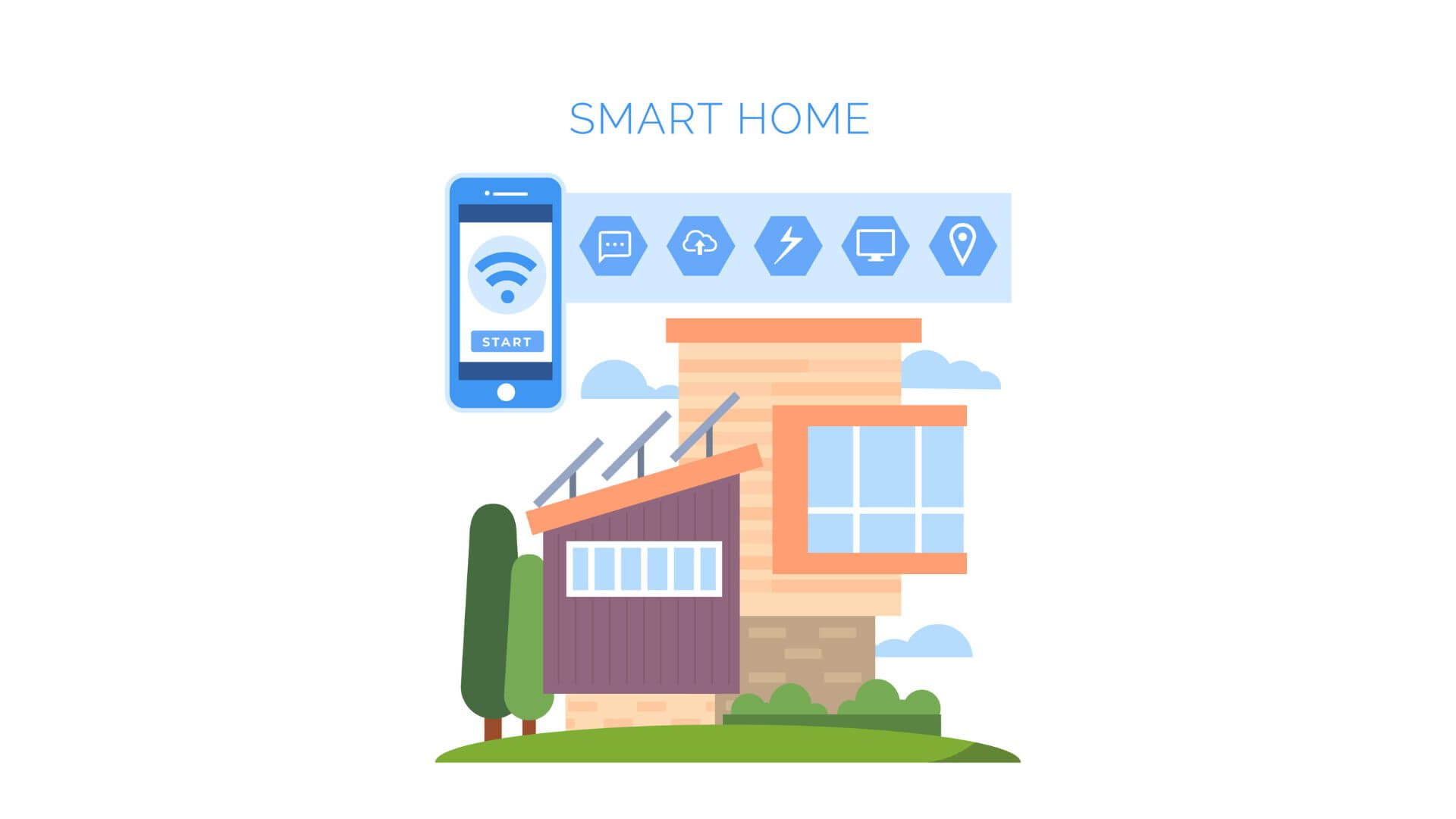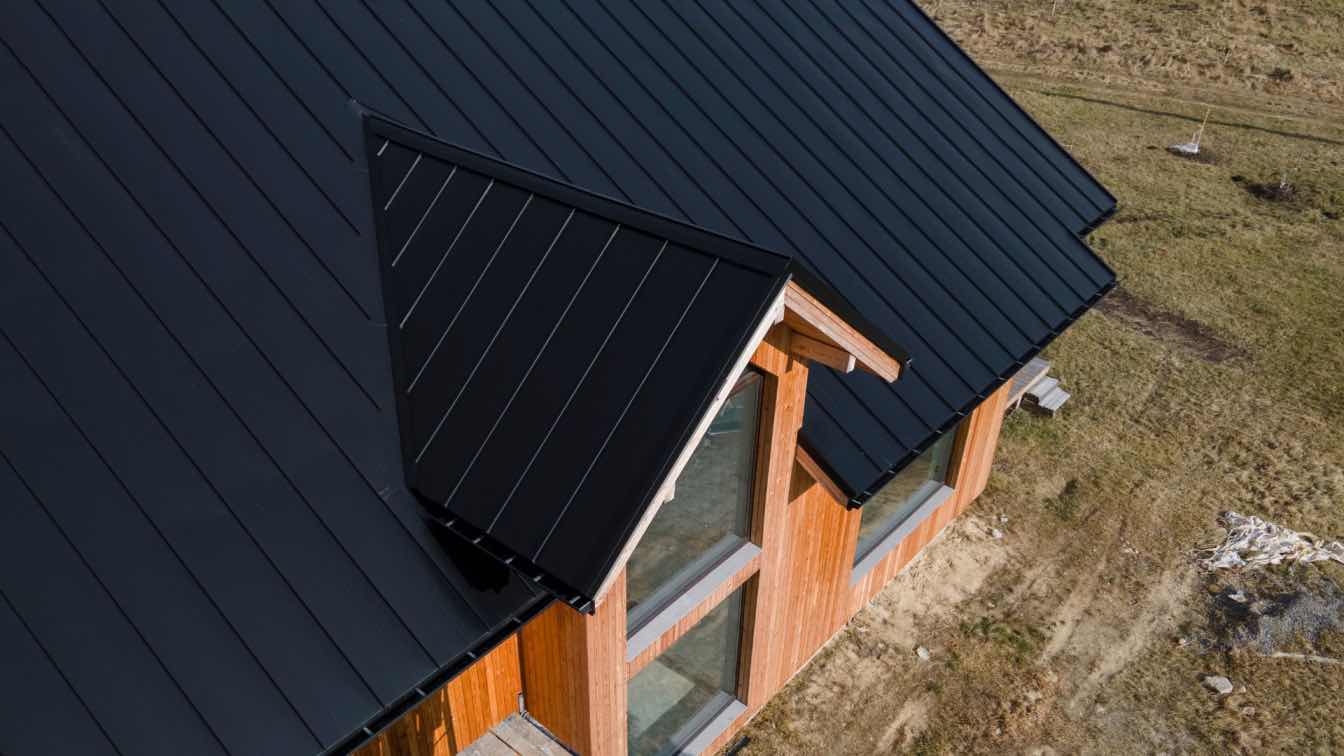From fully fleshed-out worlds, video games charm millions. Today, even urban designers are influenced. From effective layouts to encouraging public space, video games can provide valuable insights that help make a city more livable. Let's explore this great connection between gaming and the design of cities.
Game Design Elements Mimicked in Urban Environments
Game designers give importance to easy navigation, aesthetics, and interaction. Now, these principles are shaping real-world urban spaces.
Navigable Layouts: Open-world games contain intuitive pathways. Urban planners try to replicate this by building pedestrian-friendly streets and efficient transportation systems.
Dynamic Lighting: Games at Zoome casino online utilize lighting to establish moods and direct players. Cities appropriate similar techniques with LED installations and adaptive streetlights.
Active Spaces: Minecraft, among other titles, represents the strength of being active. Public spaces incorporate playgrounds, water features, and touch-sensitive art.
Such designs would make cities more instinctive and interactive for people living in them. Urban planners try to design spaces that spur exploration and connection, by using the elements of navigation and interaction from games.
Virtual World Collaboration and Urban Planning Tools
Advanced simulation tools are available through game platforms to architects and urban planners to test and refine city layouts before actual construction. The iterative process leads to much more precise and functional designs.
For example, Minecraft has been used in Stockholm to engage young people in urban planning and make the process more interactive. Virtual reality tools like Unity and Unreal Engine allow the stakeholders to walk proposed designs and better understand them for feedback.
In addition, collaboration platforms such as Roblox offer shared spaces where teams can co-design environments in real time, unleashing creativity and inclusivity. In this way, urban designers minimize errors by adopting these technologies and develop better layouts to meet the needs of different communities.
Gamification of Urban Spaces for Improved Engagement
Gamification turns cities into play zones. This method increases public participation and community interaction. The spirit of gaming is captured in interactive features within urban spaces. They entertain and connect residents with their environment.
Interactive Installations: Tech-based art responds to movement or sound to create playful experiences for players.
Public Challenges: Scavenger hunts or AR games are organized in cities, events like Pokémon GO.
Participatory Design: Digital means enabling citizens to co-design parks and squares.
Reward Systems: Applications such as EcoPoints reward people for eco-friendly behaviour, like cycling.
Themed zones: areas styled on popular games attract tourism and encourage local culture.
These initiatives make urban living dynamic, engaging, and community-focused.
The elements of gamification create a sense of ownership among the residents. People are more interested in taking care of and enjoying their spaces.
Sustainability Lessons Learned from Game Ecosystems
Game worlds balance resources for longevity. So too can cities balance their resources to achieve sustainability in development.
Resource Management: Games like SimCity have shown the results of bad planning. Now, cities focus on managing resources effectively.
Renewable Energy: Games like Civilization VI encourage renewable energy sources. City planners incorporate solar panels and wind turbines in cityscapes.
Biodiversity Corridors: Games featuring lush ecosystems inspire green corridors within cities. These will act to promote wildlife and decrease urban heat.
These lessons drive eco-conscious urban development, ensuring that the cities thrive without depleting their resources. The incorporation of sustainable practices also plays into the global efforts towards combating climate change, making urban space functional and future-proof.
Building for Community and Connectivity: Social Insights from Games
Game worlds often focus on social interaction, a trend increasingly emulated in city design to build social bonding. Games such as Animal Crossing show the benefit of gathering spaces, and that encourages cities to design plazas and town squares for this purpose. Open-world games, with their smooth connection, influence urban design toward prioritizing bike lanes, walkways, and easily accessible transportation systems.
Similarly, smart cities have implemented digital integration through applications that connect residents to events and services in their vicinity, much like matchmaking systems do in games. Drawing inspiration from these sources, the urban spaces foster connection and collaboration by facilitating a sense of community and shared purpose through the physical and digital design features.
The Cultural Influence of Gaming on City Life
The cultural reach of gaming has spread beyond virtual worlds: Cities celebrate gaming culture with festivals, themed events, and dedicated spaces.
eSports Arenas: Cities build venues for eSports tournaments, attracting fans worldwide.
Gaming Cafes: These spots serve as points of contact for gamers.
Cultural festivals: Events such as Gamescom or PAX foster local gatherings based on the culture of gaming.
These initiatives show how gaming culture enriches urban life by combining entertainment with community engagement.
This concept of urban design evolves by lesson from video games. Gaming leads innovative, liveable cities inspired in everything from intuitive layouts to gamified spaces, with sustainability and social connectivity being considered. Designers make this possible by blending creativity with technology in the urban spaces created as engaging as the virtual worlds we love.





